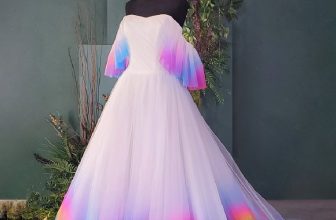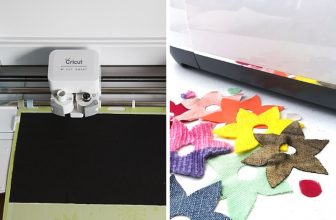How to Do Fabric Manipulation
Fabric manipulation is a fascinating artistic process that involves altering the textile’s structure to achieve unique designs and textures. This creative potential allows designers and artisans to transform simple materials into intricate works of art, breathing new life into fabrics. This article will delve into various techniques, including pleating, tucking, and gathering, showcasing their applications in fashion, home décor, and craft projects.
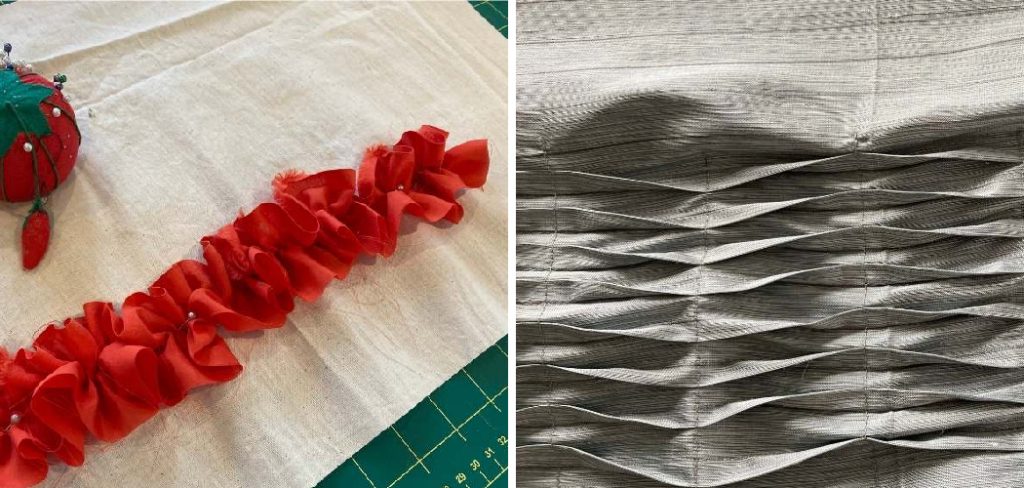
By exploring the diverse methods and their rich history, we aim to provide a comprehensive understanding of how to do fabric manipulation effectively. Whether you’re a beginner or an experienced crafter, you will discover this skill’s endless possibilities, encouraging you to experiment and develop your style through different fabric manipulation techniques.
Understanding Fabric Manipulation
Fabric manipulation dates back centuries, tracing historical roots through various cultures that embraced textile arts. Today, it encompasses a wide array of techniques designed to modify the appearance and texture of fabric. Pleating creates structured folds among these techniques, while tucking adds dimension through careful stitching. Gathering draws fabric together, forming soft ruffles that can soften a design.
Each method holds its own benefits and uses, making fabric manipulation essential in various realms such as fashion design, where it enhances garments’ silhouettes and in-home décor for adding visual interest to pillows and curtains. These creative techniques elevate the aesthetic appeal of projects and allow for personal expression in crafting.
Materials and Tools Needed
To begin your journey in fabric manipulation, you will need several essential materials and tools. The primary material is fabric—choose one that suits your project, be it cotton, silk, or another type. You’ll also need a thread that complements your fabric and a sewing machine for efficiency. Pins are crucial for holding fabric in place during manipulation, while fabric markers can help you make precise markings for various techniques.
For successful execution of different methods, consider having rulers for measuring, pattern templates for guidance, and scissors for cutting. Optional materials, such as embellishments, trims, and decorative stitches, can enhance your final project and add a unique touch.
How to Do Fabric Manipulation: Basic Techniques of Fabric Manipulation
1.Pleating
Pleating is a technique that creates structured folds in fabric, elevating the overall design of a garment or project. There are several variations of pleats, including knife pleats, which are all folded in one direction, and box pleats, where folds alternate. To create pleats, start by measuring and marking each pleat’s desired width and spacing on your fabric.
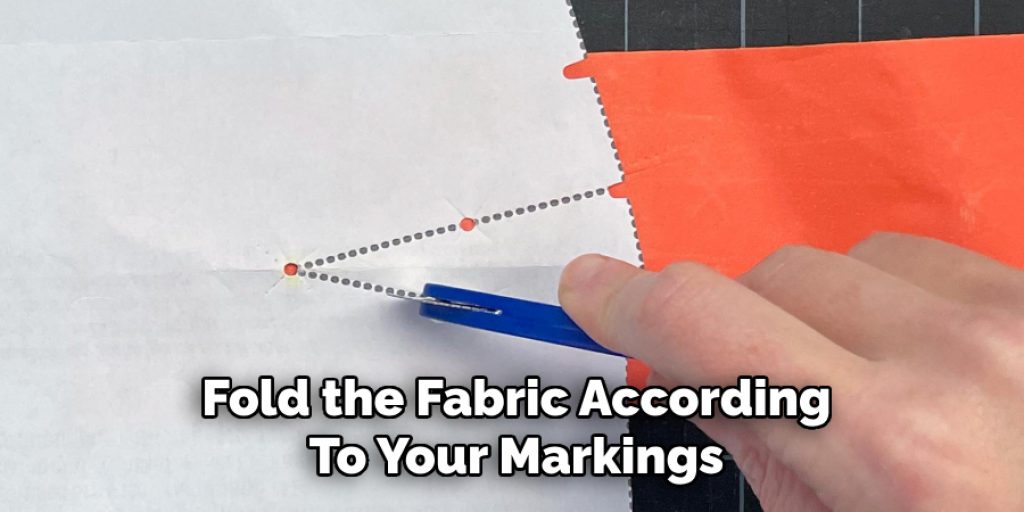
Fold the fabric according to your markings, pinning each pleat in place. Sew along the top edge of the pleats to secure them, ensuring they remain evenly spaced and aligned. For even and precise pleating, it’s advisable to use a ruler for measurements and to press each pleat with an iron to maintain a crisp appearance.
2.Gathering
Gathering is a technique used to collect fabric along a seam to create soft ruffles or a fuller effect. This method is particularly effective at adding dimension and movement to designs. To create gathers, begin by sewing a long, loose stitch along the edge of the fabric where you want to gather. Pull the threads from either end to gather the fabric together slowly until you achieve the desired fullness. Once gathered, you can pin or sew the fabric into place, securing it to another piece of fabric or a garment. To ensure uniform gathers and avoid puckering, distribute the fabric evenly and make adjustments before final stitching.
How to Do Fabric Manipulation: Advanced Techniques
1.Tucking and Smocking
Tucking is a technique that creates narrow folds in fabric, adding texture and visual interest. To begin with tucking, measure and mark your fabric according to each tuck’s desired width and spacing. Fold the fabric inwards at your markings and pin it in place before sewing along the top edge. The result will be a series of evenly spaced tucks across your fabric. For successful smocking, which involves decorative stitching over gathers, start by gathering the fabric as previously described.
Once gathered, use a needle and thread to create intricate patterns or designs, securing the gathers in place while enhancing functionality and style. Always use a ruler for measurements to ensure evenly spaced tucks and consistent smocking and regularly check your spacing throughout the process.
2.Ruching and Draping
Ruching is another captivating technique that gathers fabric to create a richly textured effect. To create ruching, cut a long strip of fabric, then sew two long, loose stitches. Pull the threads to gather the fabric until it reaches the desired fullness. This technique can be used in various projects, from dresses to accessories, instantly adding depth and elegance. Draping, however, involves shaping fabric directly on a dress form or body to create beautiful silhouettes.
Start by manipulating the fabric over the form, pinning it to establish the desired flow and structure. This technique helps designers visualize how the fabric will fall and move, allowing for artistic exploration. To control fabric flow and create elegant designs, keep your fabric tension consistent while draping and frequently step back to observe the overall shape and proportion.

Combining Techniques
When it comes to fabric manipulation, combining various techniques can lead to truly unique and innovative designs. One effective approach is blending pleating with smocking, resulting in stunning dresses incorporating structured folds and decorative stitching. For example, a pleated bodice adorned with smocking creates depth and visual interest, perfect for formal wear. Another exciting combination is tucking paired with ruching to develop textured accessories like bags or hairbands. This blend enhances the aesthetic appeal and provides a tactile experience.
Planning is essential to achieving a seamless blend of techniques. Begin by sketching your design, detailing how each method will interact. Testing your combinations on scrap fabrics is crucial to ensure that the techniques can coexist without competing for attention. Make adjustments as needed to maintain harmony in your overall design. Also, keep the fabric weight and pattern in mind; lightweight fabrics may drape beautifully, enhancing your design, while heavier fabrics require careful handling to avoid overwhelming your chosen techniques.
Troubleshooting Common Issues
In the world of fabric manipulation, challenges such as uneven pleats, puckering, and misalignment are not uncommon. To address uneven pleats, ensure that your measurements are precise and that each pleat is pinned securely before stitching. If puckering occurs, it may be a result of pulling threads too tightly during gathering; easing the tension can often remedy this issue. For misalignment, double-check your markings and take the time to re-pin areas that are off before you sew.

Preventive measures include using quality fabric, ensuring proper needle and thread compatibility, and pressing your work during each step. Consistent checking while sewing will help catch any discrepancies early on, averting bigger problems. By being proactive and attentive to detail, you can significantly reduce the occurrence of these common issues and create beautiful, cohesive designs.
Applications and Creative Ideas
Fabric manipulation opens various possibilities across various projects, from clothing to home décor and accessories. Techniques like smocking and ruching in clothing design can create stunning dresses that flow beautifully while showcasing intricate textures. For home décor, tucking can transform plain cushions into elegant statement pieces, adding depth without significantly increasing complexity. Accessories such as handbags can benefit from pleating, generating interest and sophistication while remaining functional.
Successful projects showcasing these techniques may include a pleated evening gown with a smocked bodice or a set of decorative pillows embellished with tucks that add a modern twist to a classic design. Embrace creativity by experimenting with combinations of techniques and personalizing them to reflect your unique style. Use colorful fabrics, mix patterns, or play with scale to see how these techniques can elevate your projects and spark new ideas.
Frequently Asked Questions (FAQs)
What Is Fabric Manipulation, and Why Is It Important?
Fabric manipulation refers to various techniques used to alter fabric for creative or functional purposes, such as tucking, smocking, and ruching. It’s important because it enhances the visual appeal of garments and home décor, allowing designers to explore texture, volume, and structure in their projects.
Can I Use Any Type of Fabric for These Techniques?
While many techniques can be applied to various fabrics, it’s essential to consider the weight and drape of the material. Lighter fabrics tend to work well for ruching and draping, while structured fabrics are better suited for pleating and tucking. Always test on scrap fabric to ensure compatibility.
How Do I Prevent Puckering when Gathering Fabric?
Puckering can occur if the threads are pulled too tightly during gathering. To prevent this issue, use loose stitches, avoid excessive tension, and evenly distribute the gathers before securing them in place. Additionally, pressing the fabric after gathering can help smooth out any puckering.
What Tools Do I Need to Get Started with Fabric Manipulation?
Basic tools include a sewing machine, suitable needles and threads, fabric scissors, pins, a ruler or measuring tape, and an iron for pressing. Additional tools like gathering foot attachments or bias tape makers may be helpful depending on the specific techniques you plan to use.
How Can I Combine Techniques Creatively?
To combine techniques effectively, start by sketching your ideas and identifying how each method will interact. Experiment with scrap materials until you find a harmonious blend. Consider using contrasting fabrics or colors for added visual interest while ensuring that the overall design remains cohesive.
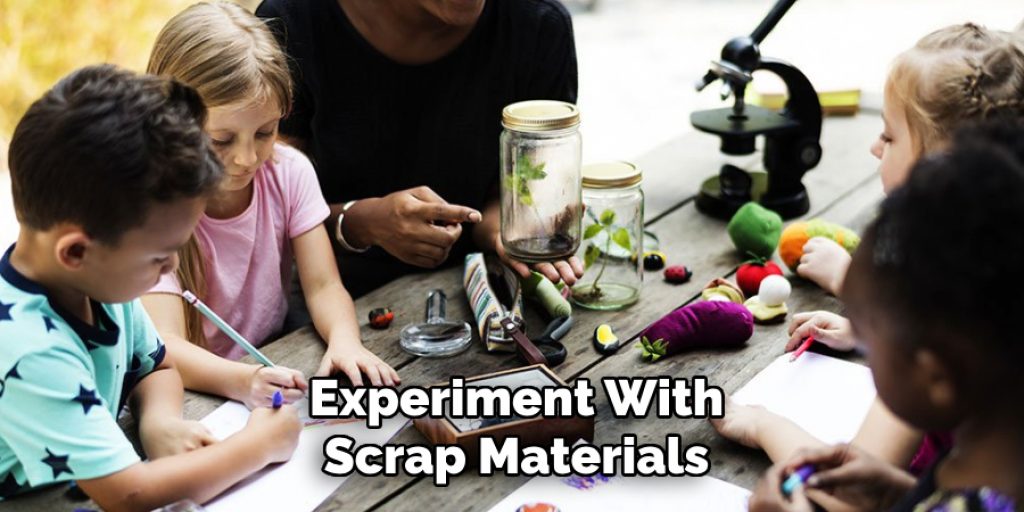
Conclusion
In summary, mastering how to do fabric manipulation involves techniques like pleating, gathering, tucking, and smocking, each offering distinct aesthetic benefits. Encouraging exploration and practice is essential for honing these skills, as personal experiences can lead to creative breakthroughs.
As you delve into the world of fabric manipulation, you’ll discover its profound impact on design potential, allowing you to transform simple materials into artistic expressions. Embrace the journey, and let your creativity shine through every project.


